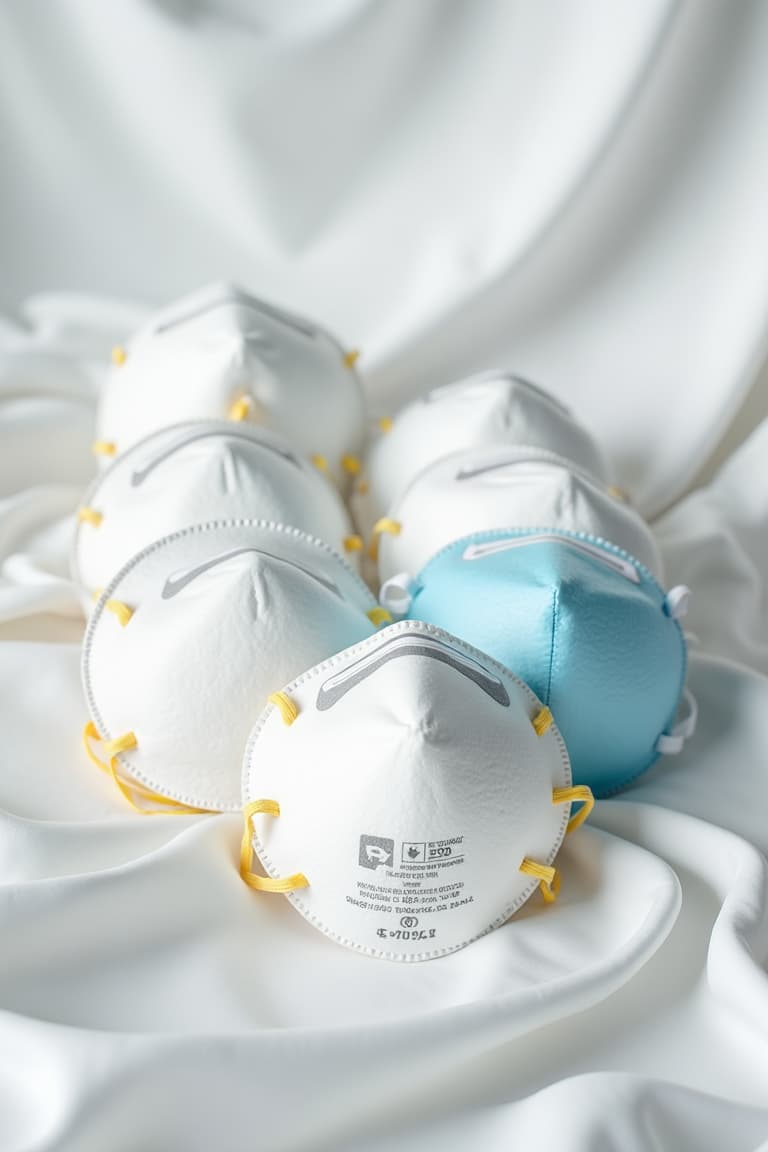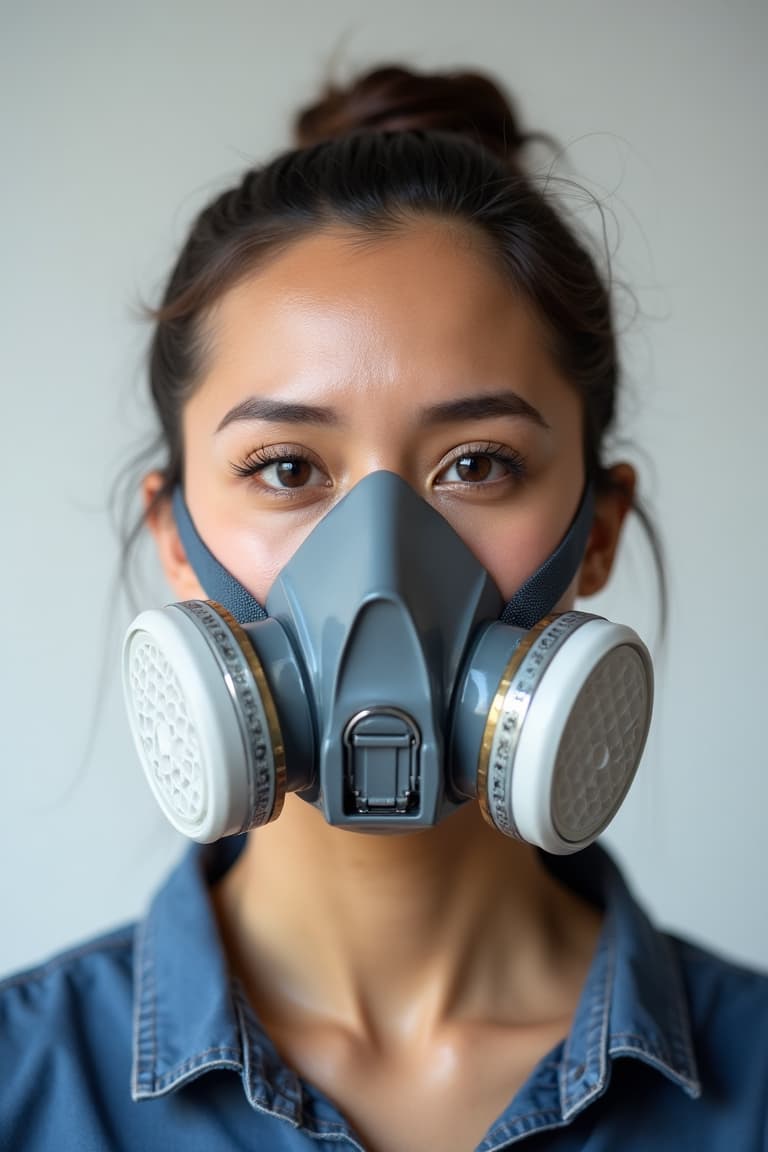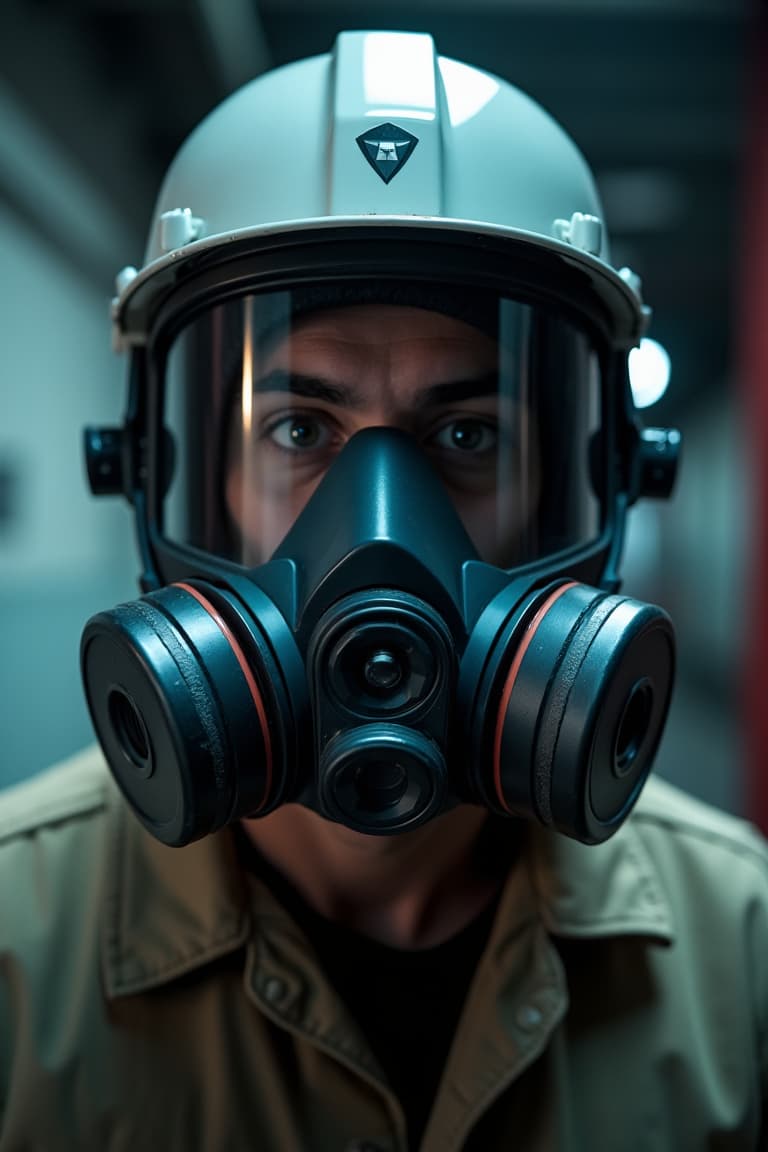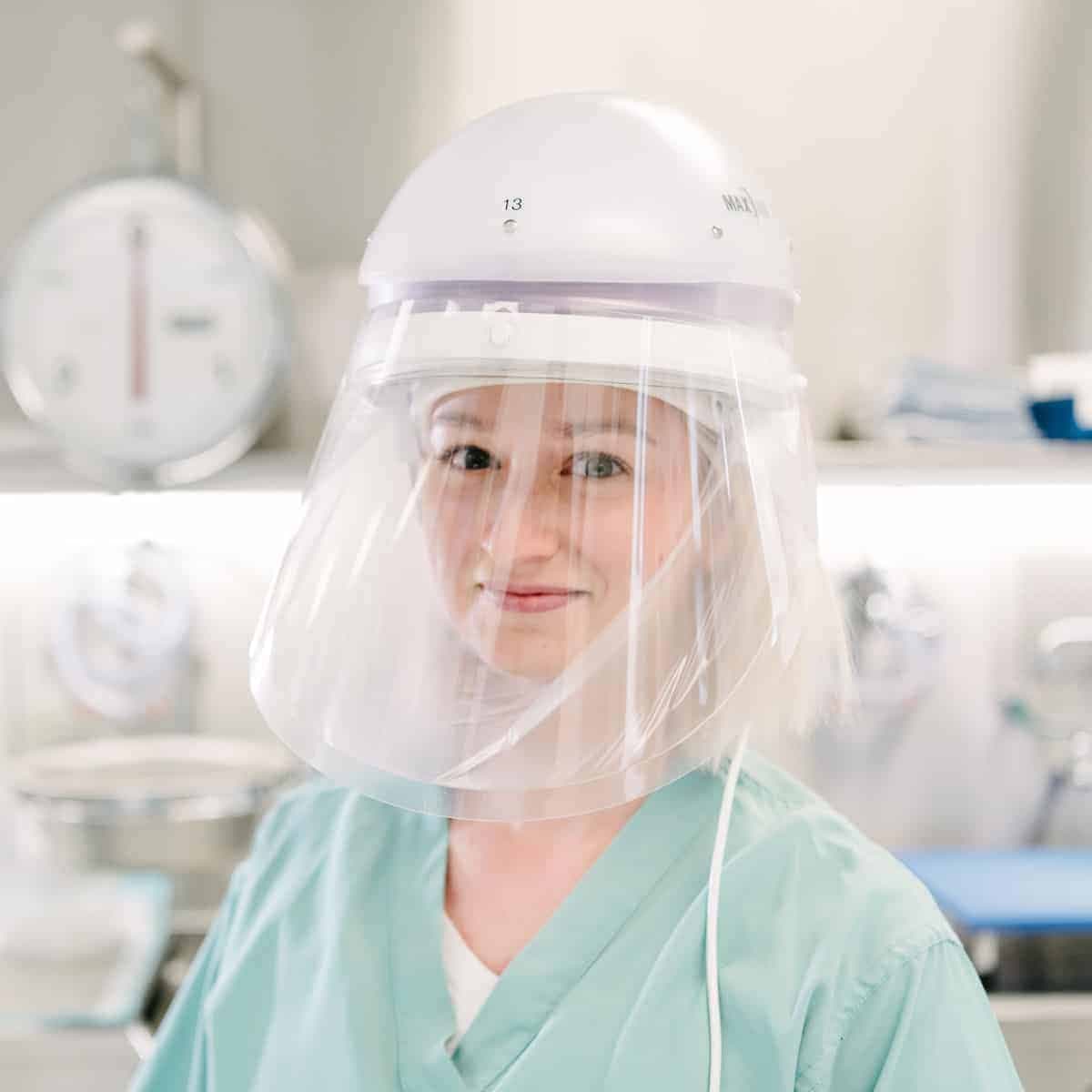Choosing the Right Respirator: A Comprehensive Selection Guide
Understand different respirator types, their applications, and the crucial OSHA medical clearance requirements provided by QuickCare ProTrain, ensuring you make informed decisions for ultimate workplace safety.
Understanding Respirators: Your First Step to Safety
Respirators are essential pieces of Personal Protective Equipment (PPE) designed to protect you from inhaling hazardous airborne substances, including dust, fumes, vapors, gases, or infectious particles. Choosing the correct respirator is paramount, as different types offer varying levels of protection against specific contaminants. However, no respirator, regardless of its type or sophistication, can provide adequate protection unless the user is medically fit to wear it, it fits properly, and they are trained in its use. This is where QuickCare ProTrain's services become indispensable.
The foundational steps for any respirator user, as mandated by OSHA, always include:
1. Medical Evaluation: To ensure you can safely wear a respirator. Learn about QuickCare ProTrain's online medical clearance here.
2. Fit Testing: To ensure a proper seal for tight-fitting respirators.
3. Training: On proper use, care, and limitations.
This guide will help you understand the different types of respirators available, but remember to consult your employer's hazard assessment and respiratory protection program for specific guidance relevant to your workplace. After understanding your needs, your journey continues with fit testing and training once your QuickCare ProTrain medical clearance is complete.

Filtering Facepiece Respirators (FFR)
Often called "dust masks," FFRs are disposable respirators that cover the nose and mouth. They are designed to protect against particulate hazards like dust, mists, and some fumes, but not gases or vapors.
- Healthcare settings (e.g., N95s for protection against airborne pathogens like influenza or tuberculosis).
- Construction (e.g., drywall sanding, woodworking).
- General industrial or maintenance tasks involving dusts.
- Agriculture (e.g., protection from grain dust).
- Typically designed for single use or limited reuse according to manufacturer instructions.
- Available in various filtration efficiencies (e.g., N95, N99, N100, R95, P95, P100). The letter indicates oil resistance (N=Not resistant, R=Resistant, P=Oil Proof).
- Must form a tight seal to the face to be effective.
If your employer requires you to wear an FFR, such as an N95, you must undergo a medical evaluation to ensure you can safely wear it. A fit test is also mandatory. QuickCare ProTrain provides the fast, convenient online medical evaluation needed to meet this OSHA requirement.
Elastomeric Half-Mask Respirators
These are reusable respirators that cover the nose and mouth. They use replaceable cartridges or filters to protect against specific gases, vapors, or particulates, offering a versatile solution for various hazards.
- Painting (with organic vapor cartridges).
- Chemical handling and manufacturing (with appropriate chemical cartridges).
- Welding (with particulate filters, sometimes combined with nuisance-level vapor protection).
- Construction (e.g., concrete cutting, with P100 particulate filters).
- Requires careful selection of the correct cartridges/filters for the specific contaminants.
- Needs regular cleaning, inspection, and maintenance, including cartridge replacement schedules.
- Provides no eye protection; separate safety eyewear may be needed.
Use of an elastomeric half-mask respirator mandates a medical evaluation, a fit test, and comprehensive training on its use, filter/cartridge selection, and maintenance. QuickCare ProTrain's online medical evaluation is your first step.


Full-Facepiece Respirators
Similar to half-masks in that they use replaceable cartridges/filters, but full-facepiece respirators also cover the entire face, providing eye and face protection in addition to respiratory protection. They can often achieve a higher Assigned Protection Factor (APF) than half-masks.
- Working with hazardous chemicals that can irritate the eyes or be absorbed through them.
- Situations requiring a higher level of respiratory protection.
- Emergency response and HAZMAT operations.
- High-dust environments or tasks involving splashes or flying debris.
- Can be heavier and bulkier than half-masks.
- May affect peripheral vision for some users.
- Communication can be more difficult.
- Requires rigorous cleaning, maintenance, and fit testing.
A medical evaluation is essential, often with added consideration for potential claustrophobia or vision limitations. Fit testing and comprehensive training are also mandatory. QuickCare ProTrain ensures your medical evaluation covers the demands of full-facepiece use.
Powered Air-Purifying Respirators (PAPR)
PAPRs use a battery-powered blower to force ambient air through a filter or cartridge and into a hood, helmet, or tight-fitting facepiece. This positive pressure system can make breathing easier and offer higher protection levels.
- Healthcare settings, especially for high-risk aerosol-generating procedures.
- Pharmaceutical manufacturing and handling.
- Asbestos abatement or lead removal.
- Environments with very high concentrations of particulates.
- For individuals who cannot achieve a good seal with negative-pressure respirators.
- Higher initial cost compared to non-powered respirators.
- Requires battery charging and maintenance of the blower unit.
- Can be bulkier due to the blower and battery pack, though headtops are often lighter.
- Some loose-fitting PAPRs may not require fit testing, but this depends on the specific model and OSHA's interpretation for that setup. Tight-fitting PAPR facepieces always require fit testing.
A medical evaluation is still required to ensure the user can tolerate wearing the PAPR system, including the weight and any breathing resistance if the motor fails. Training on use, maintenance, and battery care is always mandatory. QuickCare ProTrain helps you meet the initial medical evaluation requirement efficiently.

Making Your Choice: Key Factors Beyond Respirator Type
Selecting the right respirator involves more than just picking a type from a list. Your employer's respiratory protection program administrator will consider several critical factors based on a thorough workplace hazard assessment. QuickCare ProTrain helps ensure you're medically ready for whatever respirator is chosen.
Nature of the Hazard
Is it a particulate (dust, mist, fume), gas, vapor, or a combination? Is it an oxygen-deficient atmosphere? The specific hazard dictates the respirator type and filter.
Concentration of the Contaminant
The measured level of exposure will determine the required Assigned Protection Factor (APF) of the respirator, indicating how much protection it provides.
Proper Fit & User Comfort
A respirator must fit properly to provide effective protection. Comfort is also key for ensuring consistent wear throughout a work shift.
Medical Fitness (Your ProTrain Clearance!)
Crucially, you must be medically cleared to wear any respirator, confirming you can handle the physiological demands. This is where QuickCare ProTrain is your first, essential step.
Remember: This guide provides general information. Always follow your employer's specific respiratory protection program and hazard assessment. No matter which respirator is selected for your job, obtaining a medical evaluation through a service like QuickCare ProTrain is a non-negotiable first step required by OSHA.
Frequently Asked Questions about Respirator Selection
Navigating respirator choices can bring up many questions. Here, QuickCare ProTrain addresses some common inquiries to help clarify the process.
- N-series (e.g., N95, N100): Not resistant to oil. These should be used in environments where oil aerosols are not present.
- R-series (e.g., R95): Resistant to oil. These can be used in environments containing oil aerosols, but their use is typically limited to one shift (or 8 hours) of continuous or intermittent use.
- P-series (e.g., P95, P100): Oil-Proof. These filters can be used in environments with oil aerosols for longer periods, as specified by the manufacturer's instructions (often up to 40 hours or 30 days, whichever comes first, if not damaged or causing increased breathing resistance).
Know Your Respirator Type? Get Cleared for Use with QuickCare ProTrain.
Once your employer has determined the right respirator for your protection based on workplace hazards, QuickCare ProTrain makes getting your OSHA-mandated medical evaluation fast, affordable, and completely online. It's the essential first step before fit testing and use.
QuickCare ProTrain: Simplifying your path to OSHA compliance. Learn more about our affordable pricing or our solutions for companies.